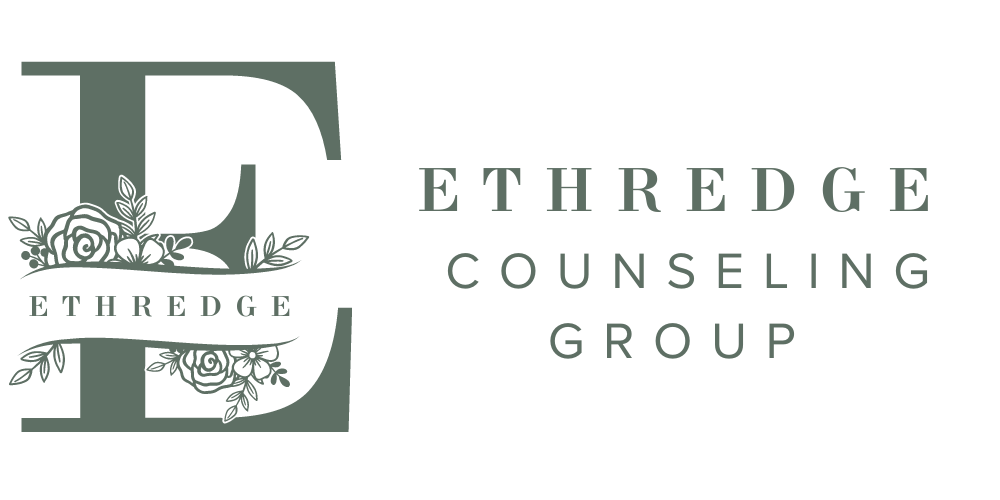Understanding Obsessive Compulsive Disorder
What Is “OCD”?
OCD is a commonly referenced acronym for the mental health disorder, Obsessive-Compulsive Disorder. Many people have heard of the term OCD and have a preconceived notion of what this disorder means. Common misconceptions are that it means someone is a “clean freak,” "perfectionist," "type A," or that they can’t leave the house. These are mostly just stereotypes.
While OCD may involve compulsions around cleanliness and order for some, this is not a defining feature of the disorder. Many people with OCD defy these stereotypes—they may be high-functioning, successful, and unconcerned with whether the counters are clean.
OCD is also not just heightened anxiety. A diagnosis of OCD does require the presence of anxious or intrusive thoughts, but these thoughts are so overwhelming that they become “obsessions.” A key component of OCD is that obsessions are followed by compulsive actions. Together, the obsession and compulsion cause dysfunction, dissatisfaction, or impairment to the person’s life and overall wellbeing.
The “O” in OCD: Obsessions
The “O” in Obsessive-Compulsive Disorder stands for “obsessive.” Obsessions are intrusive or unwanted thoughts, urges, or impulses that are persistent and consistent.
What sets obsession apart from general anxiety is how disturbing or distressing the thoughts, images, or impulses are. These thoughts feel so unsettling that the person feels compelled to act to make them go away.
Obsessions may include:
Unwanted or taboo thoughts, such as imagining yourself doing something you would never intentionally do (e.g., hurting yourself or others).
Fearful thoughts, like losing control, contaminating others, or spreading disease.
Order-related impulses, such as needing things to be arranged “just right” in a way only the person with OCD can identify.
Often, these core fears overlap, such as a fear of contamination combined with a fear of harming others. For example, someone with OCD might have a terrifying thought that they unknowingly engaged in unsafe sex, contracted AIDS, and are now spreading it to others.
Living with these distressing thoughts can feel like a personal hell because the thoughts contradict the person’s values, making them feel uniquely scary and uncontrollable. The incongruence between intrusive thoughts and personal beliefs makes the thoughts feel real, adding to the distress.
The “C” in OCD: Compulsions
The “C” in Obsessive-Compulsive Disorder stands for “compulsive.” Compulsions are repetitive actions or mental rituals performed to calm, neutralize, or reduce the distress caused by obsessions.
Compulsions may involve:
External actions: Handwashing to remove perceived “contamination” or driving back around the block to check you didn’t hit someone.
Internal rituals: Praying, counting, or mentally reviewing events.
While compulsions provide temporary relief, this relief is usually short-lived and leads to more distress. The fleeting relief reinforces the need to repeat the behavior whenever the obsession arises, and over time, the compulsion can take on a life of its own. For example, handwashing might escalate into excessive handwashing, then excessive showering, and eventually avoiding certain places altogether. At this point, the person’s life becomes consumed not only by the obsession but also by the compulsion.
The “D” in OCD: Disorder
The “D” in OCD stands for “disorder,” which is an important distinction. It separates those with occasional OCD tendencies from those who meet the criteria for a diagnosis.
To be diagnosed, obsessions and compulsions must:
Be time-consuming, taking more than one hour per day, or
Cause significant impairment in daily life, such as difficulty functioning socially, occupationally, or in other important areas.
Having intrusive thoughts or a preference for cleanliness or order doesn’t necessarily mean you have OCD. If the obsessions and compulsions aren’t paired, aren’t daily and time-consuming, or don’t disrupt your life, they likely don’t meet the criteria for OCD.
Coping With OCD:
OCD is not a death sentence and can be managed. However, it thrives on shame and isolation, so seeking treatment or sharing your experience with others can help tremendously.
In the three remaining blogs in this series, you’ll learn more about how to talk to your loved ones about OCD, manage intrusive and obsessive thoughts, and explore some of the underlying factors of OCD.
Ready to embark on a journey of growth and change?
Schedule a free 15min consultation with a licensed professional counselor to get started!
